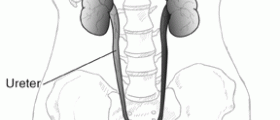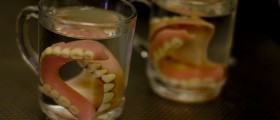Dialysis patients have a choice in their home treatment. Since the 1960s two options are available - peritoneal dialysis or PD and home hemodialysis or HHD. In the past, PD was preferred to HHD because it was easier to use. However, modern technology has much improved the devices used in HHD, which is today an option most patients opt for because of the benefits and advantages regarding the lifestyle and commodity.
Peritoneal dialysis
Peritoneal dialysis or PD is the most common option among dialysis patients, who can use it at home with little or no assistance from others, which is a very important quality.
In PD, the patient uses peritoneal membrane of the abdominal cavity to filter waste products and excess fluids. In this treatment, a solution is inserted into the abdomen through a catheter, where it stays for several hours. Toxins and waste products pass from the blood stream to the peritoneal membrane, straight into the solution, and after the designated time is over, the solution is drained, carrying away those waste products. After that, the fresh dialysis solution is instilled and the process of cleaning begins. The patient can do these exchanges manually or with the help of a device called cycler.
Depending on the type and severity of the illness, filling can be done during the day and the draining at night, or the whole cycle needs to be repeated during the day. Before starting using this dialysis option, patients need to go through PD training, which usually lasts about two weeks.
Home hemodialysis
Currently, there are two types of home hemodialysis - conventional home hemodialysis and short daily home hemodialysis.
Conventional HHD is performed three times a week for three to four hours in each session, similarly to hemodialysis done in dialysis centers.
Short daily HHD is done every day of the week for a few hours. Because the blood is cleaned daily, the patients using short daily HHD have more options regarding their diet and fluid intake and generally have less side effects.
Both types of HHD require a home dialysis machine which must be operated with the help of a caregiver, nurse or care partner. The training for operating, cleaning and disinfecting the machine usually takes a month or so and care partners are required to finish it so they can operate the machine in a safe and efficient way.
Many factors should be considered when choosing the home dialysis options. It is necessary to consult the nephrologist and to make sure to have a care partner.

















Your thoughts on this
Loading...